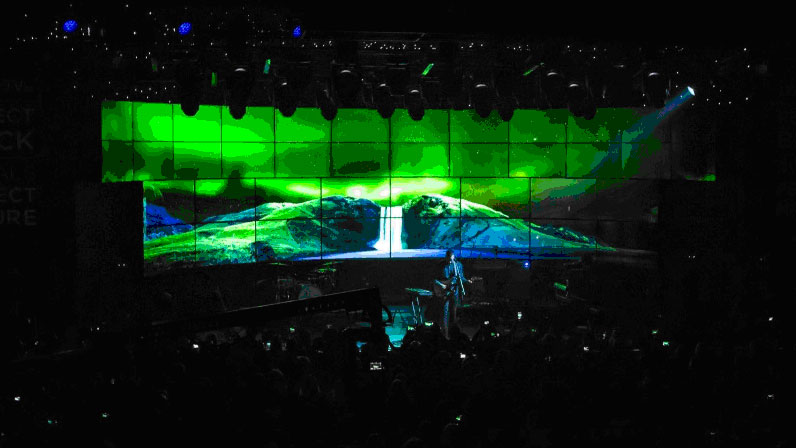
The brilliant Milky Way has dominated the night sky and human imaginations since time began, but is no longer visible to one third of the Earth’s population and 80 percent of Americans.
Technology has had unintended consequences, such as light pollution, meaning more and more people around the world are losing their primal connection with nature.
A light pollution map published by the Journal of Science Advances has increased global interest in the negative effects of light pollution. Smog and sludge are easy to see, but the effects of light pollution are difficult to quantify until we look up and watch as the dwindling number of stars that once animated the night sky are snuffed out one by one.
As the size and scope of cities continues to grow, an increasing number of organizations and activists are gearing up to decrease the negative impact of light pollution.
One of the most innovative anti-light pollution initiatives was the Lights Out Stars On campaign which took place in Reykjavik in 2006.
The Reykjavik City Council asked residents to turn off all the city lights in the capital area for half an hour on September 28 2006. That night, everyone in and around Reykjavik was able to catch a glimpse of the stunning aurora borealis and the twinkling stars without the interference of light pollution.
Cutting-edge OLED display technologyrecreates the Beauty of Iceland
What happened in Reykjavik isn’t possible in every city around the world – it wouldn’t work in New York, for example.
LG was then inspired by the worldwide effort to combat light pollution and has implemented its advanced OLED technology to help bring true dark colors to people around the world.
Just as the elimination of light pollution allowed the people of Reykjavik to see the beauty of the pure night sky, while the perfect black of LG OLED TVs heightens contrast and allows for richer images.
Having eliminated backlight panels, OLED TV offers the purest black and the most accurate color reproduction possible. This allows viewers to feel as if they are seeing the actual night sky, free of light pollution.
Watch this video below of a concert in Reykjavik showing exactly what LG’s Ultra HD TVs are capable, which includes 40 OLED screens and a combined 330,000,000 self-emitting OLED pixels.
The mind-blowing images of the northern lights used in the footage were captured on location in Iceland during the winter, the time of the year when the Aurora Borealis is most clearly visible.
Providing ultra-clear images of Iceland’s northern lights, wildlife, volcanic activity, glaciers, landscapes and more.
The Holy Grail of Display Technology
Because individual OLED pixels can emit light on their own, OLED TV is able to create the perfect shades of black and an infinite contrast ratio which is impossible with a backlight.
OLED pixels emit the exact amount of light required, creating a strikingly crisp, smooth and clean picture that is pleasantly rich yet achieves convincingly subtle realism.
Even the most advanced LCD TVs are limited by their reliance on backlight panels, leading to the light bleeding and inconsistent color rendering that makes them incapable of accurately depicting the northern lights. However, OLED requires no backlight, making it unlike any other television on the market.
You can win a TV too
LG is holding a Facebook contest until November 17, 2016 to find the most interesting story from the public about their experience witnessing the beauty of the pure black night sky.
You can submit your story on the LG TV Facebook page and the writer of the best story will win an LG OLED TV (55E6).
Get daily insight, inspiration and deals in your inbox
Sign up for breaking news, reviews, opinion, top tech deals, and more.
The TechRadar hive mind. The Megazord. The Voltron. When our powers combine, we become 'TECHRADAR STAFF'. You'll usually see this author name when the entire team has collaborated on a project or an article, whether that's a run-down ranking of our favorite Marvel films, or a round-up of all the coolest things we've collectively seen at annual tech shows like CES and MWC. We are one.